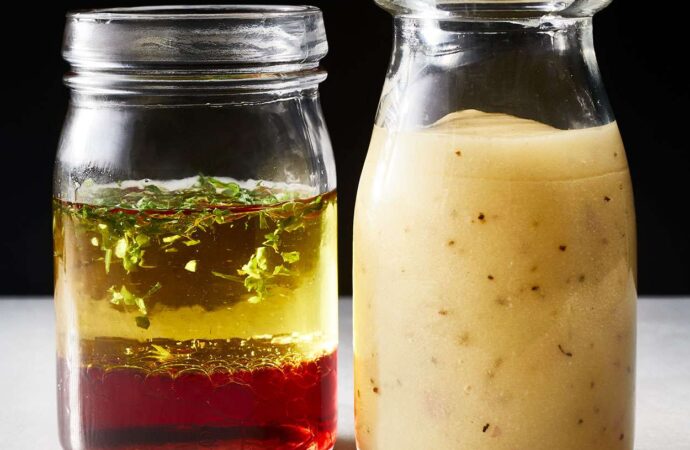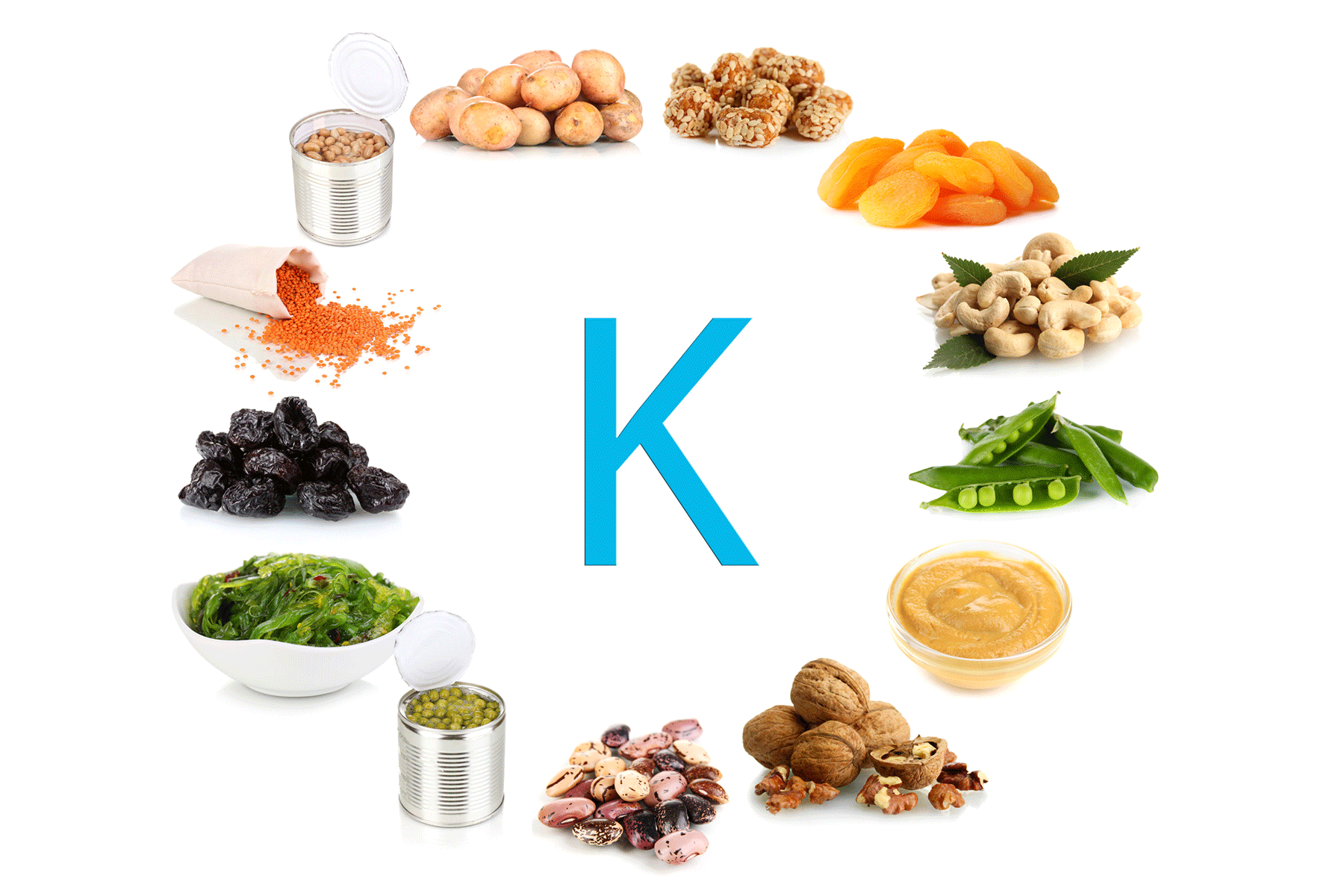Emulsifiers are essential food additives that help us enjoy a wide variety of processed and packaged foods with stable textures, extended shelf lives, and consistent quality. They allow ingredients that usually don’t mix—like oil and water—to combine seamlessly. Emulsifiers play a key role in modern food production, and you can find them in products like mayonnaise, ice cream, baked goods, and salad dressings. This article explores how emulsifiers work, where they are used, and whether they pose any health risks.
Understanding Emulsifiers
An emulsion is a mixture of two liquids that usually don’t combine, such as oil and water. Emulsifiers enable these liquids to mix by stabilizing the mixture and preventing separation. They have two ends: one that attracts water (hydrophilic) and one that attracts oil (hydrophobic). When added to a mixture of oil and water, the hydrophobic end binds to the oil droplets, while the hydrophilic end faces the water. This action helps disperse the oil throughout the liquid, creating a stable emulsion.
For example, when making mayonnaise, egg yolks containing lecithin (a natural emulsifier) bind the oil and vinegar, forming a smooth, cohesive mixture. Similarly, lecithin keeps chocolate smooth and glossy by preventing the cocoa butter from separating.
How Do Emulsifiers Work in Food?

Emulsifiers create stable emulsions by surrounding droplets of one liquid (e.g., oil) and suspending them in another liquid (e.g., water). This process results in two phases: the dispersed phase (small droplets of oil) and the continuous phase (water or another liquid). In an oil-in-water emulsion, such as milk or salad dressing, water forms the continuous phase, and oil is the dispersed phase. In a water-in-oil emulsion, such as margarine, water droplets are suspended within the fat.
Emulsifiers not only prevent separation but also help achieve the desired texture, consistency, and shelf life of many foods. Without emulsifiers, many food products would separate, spoil faster, or lose their smooth, creamy texture.
Common Emulsifiers in Food
Emulsifiers come from natural sources, such as plants, animals, or microbes, or they are synthetically produced. Some common emulsifiers used in food production include:
- Lecithin (E322): Found in soybeans, eggs, and sunflower seeds, lecithin is often used in chocolate, bakery products, and spreads.
- Carrageenan (E407): Extracted from seaweed, is used in dairy products and processed meats.
- Xanthan Gum (E415): Produced through fermentation, xanthan gum is commonly used in sauces, dressings, and ice cream.
- Guar Gum (E412): Extracted from guar beans, guar gum acts as a thickener and emulsifier in dairy and gluten-free products.
- Mono- and Diglycerides (E471): A mixture of fatty acids and glycerol, these emulsifiers appear in products like bread, ice cream, and margarine.
These emulsifiers improve the appearance, texture, taste, and shelf life of a wide variety of foods, from dressings to candies.
Where Are Emulsifiers Used?
Emulsifiers appear in a wide variety of processed foods and beverages. Some common products that contain emulsifiers include:
- Mayonnaise
- Margarine
- Salad dressings
- Ice cream
- Chocolate
- Nut butters
- Baked goods
- Frozen desserts
In ice cream, emulsifiers prevent ice crystals from forming, ensuring a smooth, creamy texture. Similarly, margarine and mayonnaise rely on emulsifiers to keep oil and water from separating, preserving their creamy consistency.
Safety Concerns and Health Implications
Food safety authorities generally consider emulsifiers safe. However, some studies have raised concerns about their potential effects on health. Animal research suggests that certain emulsifiers, such as carboxymethylcellulose and polysorbate-80, may disrupt the gut microbiome, leading to gastrointestinal inflammation, weight gain, and other health issues.
Despite these concerns, most experts agree that emulsifiers are safe when consumed in moderation. Some emulsifiers, such as guar gum and xanthan gum, may even provide health benefits, including improving insulin sensitivity and lowering cholesterol levels. Regulatory bodies continue to evaluate their safety, but emulsifiers are widely accepted as safe at the levels typically found in food products.
People with specific conditions, such as irritable bowel syndrome (IBS), may need to limit their intake of certain emulsifiers, as they could worsen symptoms.
Conclusion: Balancing Convenience with Caution
Emulsifiers play a crucial role in modern food production by stabilizing mixtures that would otherwise separate. They improve the texture, consistency, and shelf life of many popular foods.
While ongoing research into the health effects of emulsifiers raises some concerns, current evidence suggests that they are safe to consume in the amounts typically found in food products. The key is moderation. For most people, emulsifiers pose no significant health risk, but individuals with specific health concerns may need to be cautious. A well-rounded diet that includes plenty of fresh, whole foods—while limiting processed products—can help maintain overall health. By staying informed and choosing foods thoughtfully, consumers can enjoy the benefits of emulsifiers without compromising their well-being.
 Food Manifest
Food Manifest 


















